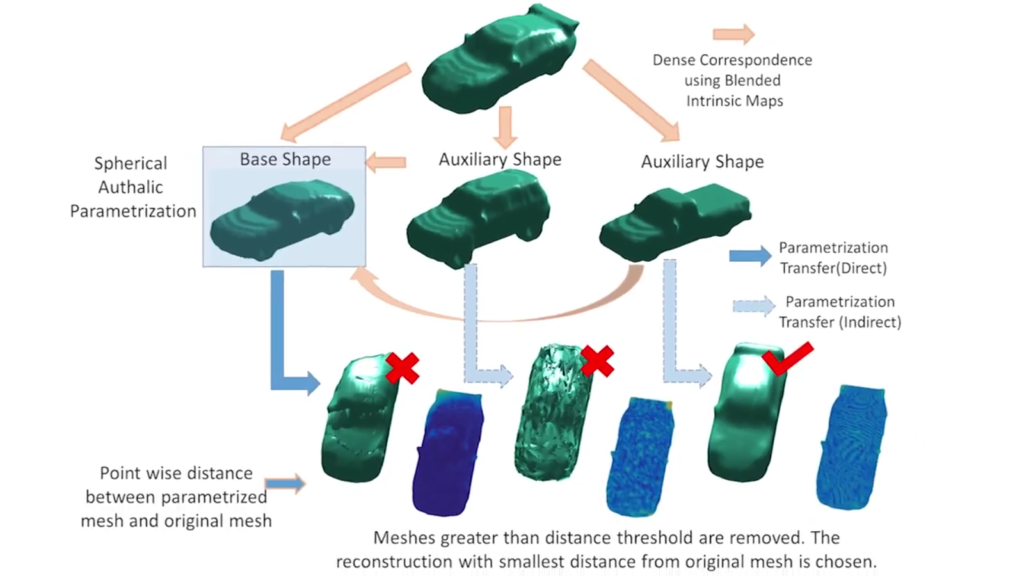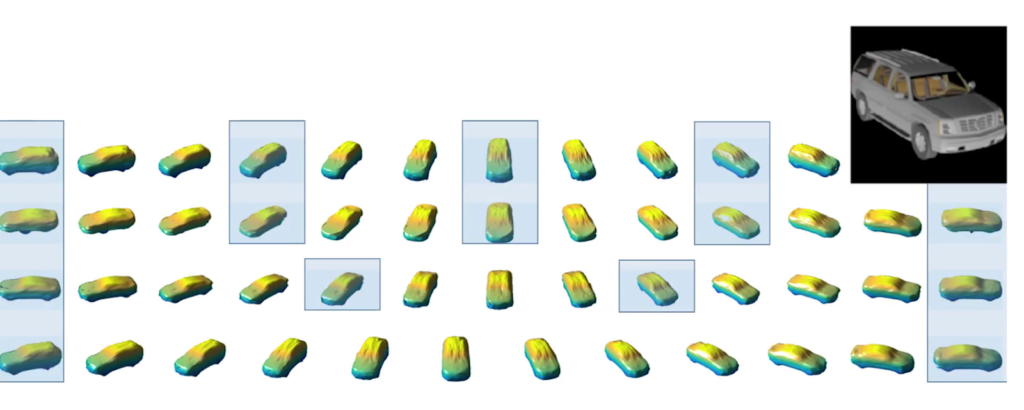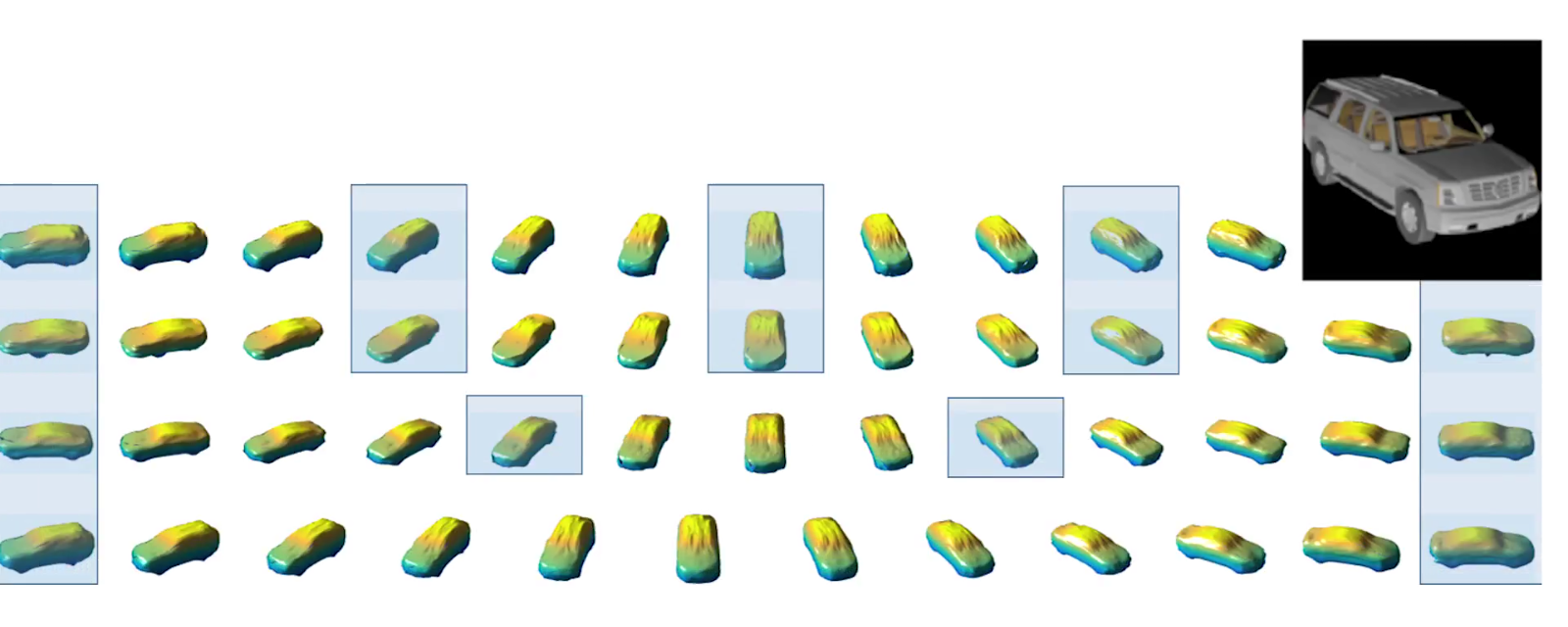2D images can be transformed into 3D content. The method called SurfNet has been developed in a research led by Purdue University’s Professor of Mechanical Engineering, Karthik Ramani.

How is SurfNet used?
This method makes use of machine learning to analyze 2D shapes and transform them into 3D forms. Professor Ramani explains that as time is going by, the technology becomes more refined. “If you show it hundreds of thousands of shapes of something such as a car, if you then show it a 2D image of a car, it can reconstruct that model in 3D.”

SurfNet will evolve following the rising demand of 3D content. The latter depends a lot on emerging technologies such as augmented and virtual reality. Google for instance, refers to this technology in the development of Google Blocks, its virtual reality design software.
Machine learning hallucinations?
With SurfNet, it is also possible to merge two shapes into one another. Professor Ramani even precises that it can “take two 2-D images and create a 3D shape between the two, which we call ‘hallucination.’”

Outlook for the future?
Precision is still to be made in order to further develop the machine learning algorithms so that the technology can be more refined.
However, this method can already be applied in robotics, autonomous vehicles, as well as in creating digital 3D content.
For further information about 3D Printing, follow us on our social networks and subscribe to our newsletter!






